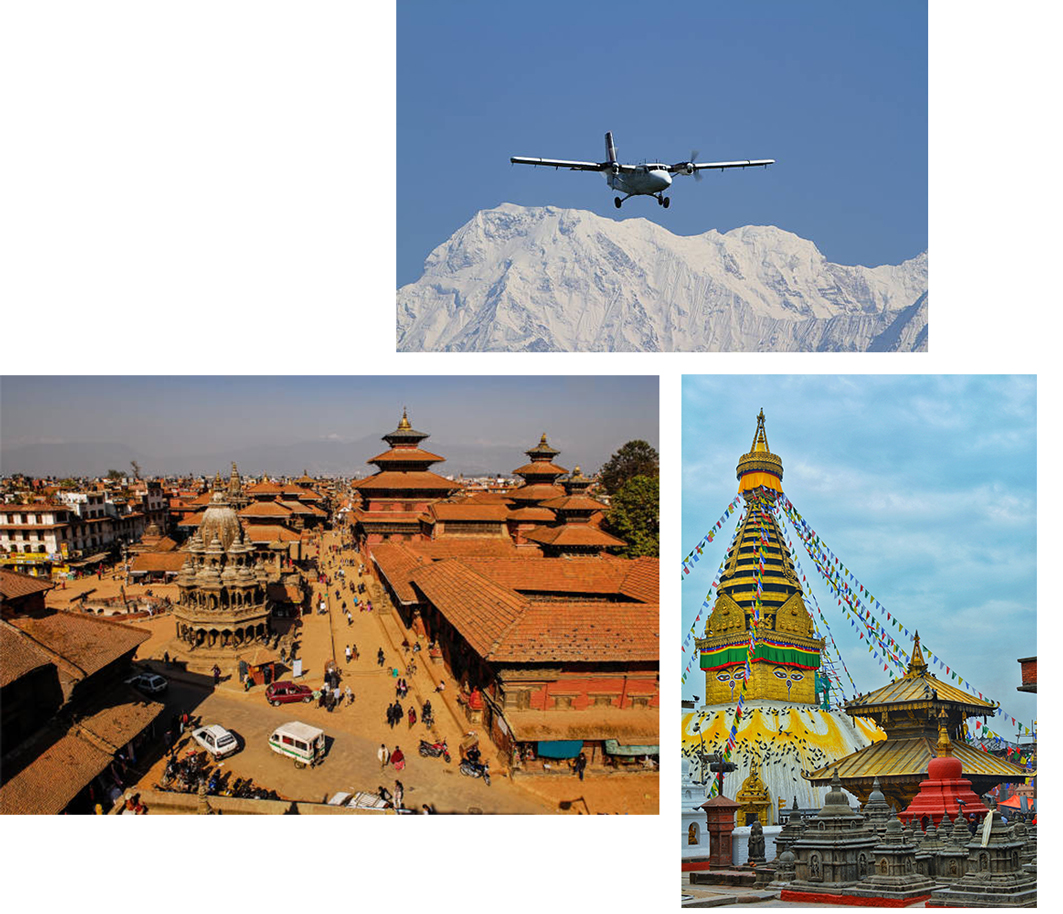Delhi –
Delhi is the capital city of India and is regarded as the heart of the nation. The city is popular for its enriched culture and heritage. The city hosts some famous historical monuments and is developing with the passing of time.
The capital city is divided into two sections popularly known as Purani Dilli or Old Delhi and Nai Dilli or New Delhi. Old Delhi is popular for its ancient culture and monuments along with its overcrowded gastronomical lanes.
Red Fort - Red Fort is iconic and a very important structure nestled in the heart of the city. Just as the name suggests, the exteriors of the historical monument in Delhi are painted in red and is practically a fort. It was built by Shah Jahan and was even considered as the political centre for quite some time. In fact, Mughals are believed to have resided in the premises of the Red Fort for nearly two centuries! With lush greenery and such historical values, you would be amazed by Red Fort, for sure!
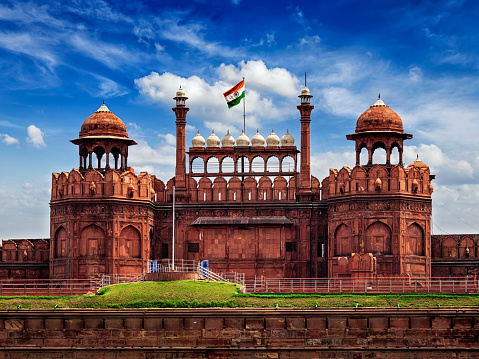

Qutub Minar - A recognised UNESCO World Heritage Site, the Qutub Minar is one of the tallest minars of India. In fact, it has been recognised as the tallest minar of India! The striking monument in Delhi is constructed out of red sandstone and marble. It is actually one of the highlights of some of the monuments in Delhi. The compound of Qutub Minar also has other ancient structures that are relevant to the medieval era and the Mughal era.
India Gate - Built as a war memorial for the 90,000 soldiers of the British Indian Army who sacrificed their lives in World War I, the monument was built in Delhi's Janpat neighbourhood. Over the years, a lot of iconic events including candle marches and patriotic incidents have taken place here that have made significant changes to the Indian Judicial System and Indian Law. Built atop a black marble plinth, with a reversed rifle and capped with a war helmet bounded by four eternal flames beneath the Memorial archway is the Amar Jawan Jyoti, which also holds a very important message, as it completes the monument in Delhi.
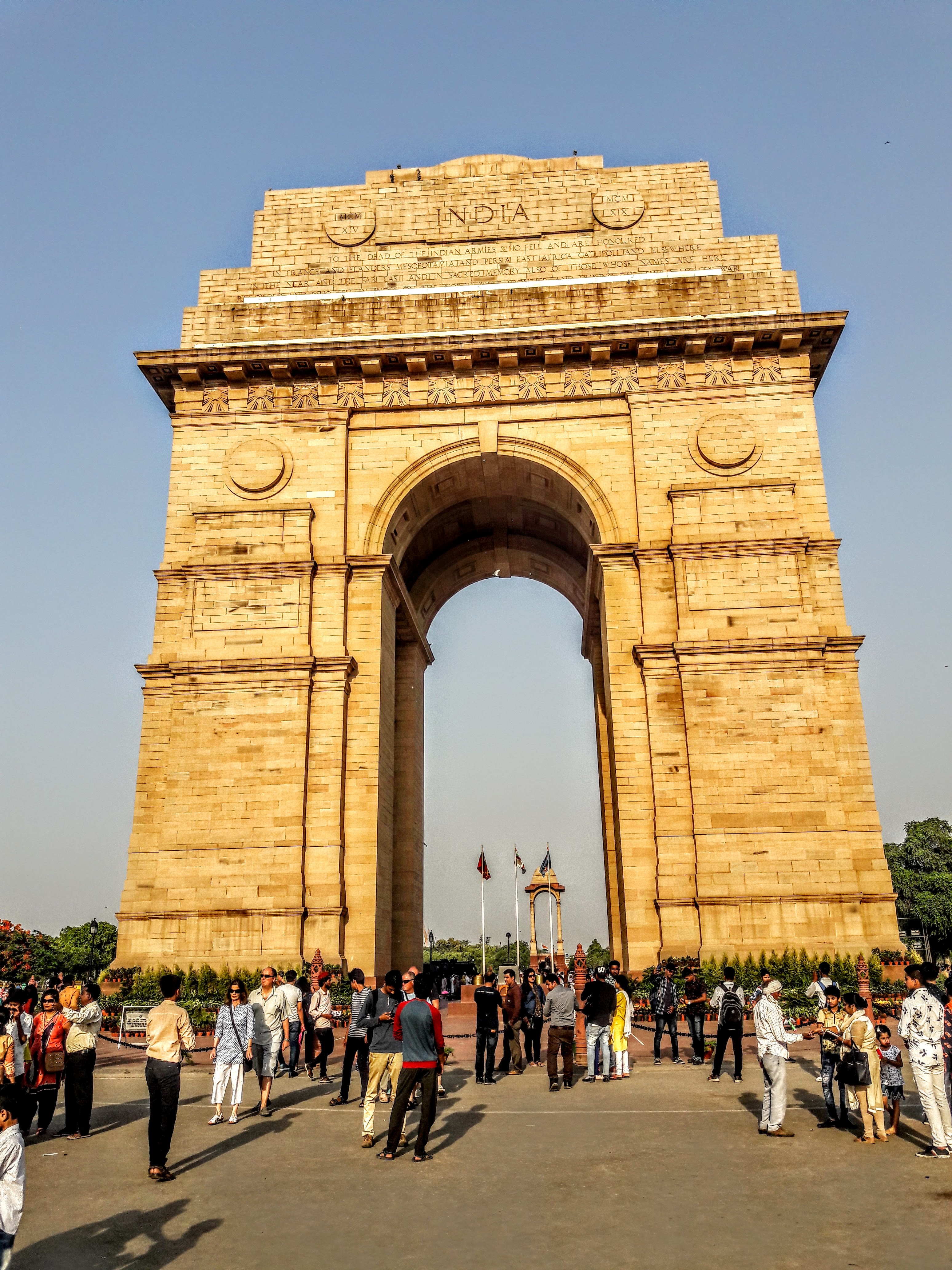
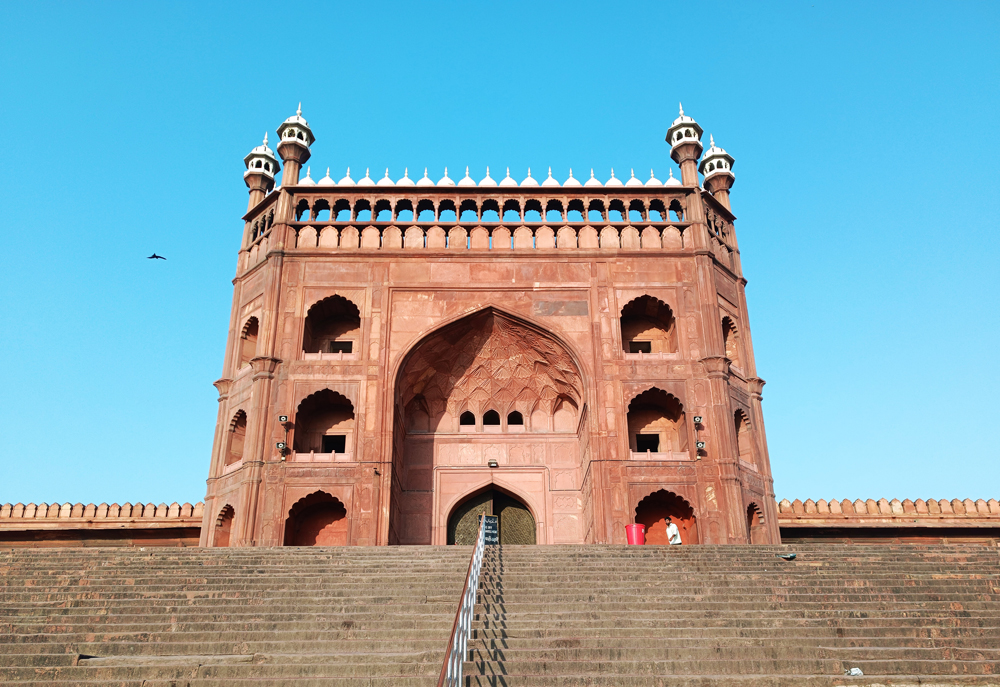
Jama Masjid - It would be rude to miss the famous Jama Masjid when visiting Delhi. Touted to be one of the famous historical monuments in Delhi, it is known to be one of the largest mosques in India. It is believed that Mughal Emperor Shahjahan constructed in 1656 for about 1 million rupees! Yes, you heard that right. While it might sound very crazy, the truth can be witnessed when you visit the masjid. It is grand and exquisite with a colossal courtyard, majestic and decorated gates, minarets and a red sandstone appeal. At a time, the courtyard is known to accommodate nearly 25,000 worshippers. Pretty cool, don't you think?
Humayun’s Tomb - Humayun’s Tomb was built in the 1560’s, Humayun’s garden-tomb is an example of the Charbagh (a four-quadrant garden with the four rivers of Quranic paradise represented), with pools joined by channels. Humayun’s garden-tomb is also called the ‘dormitory of the Mughals’ as in the cells are buried over 150 Mughal family members.

Jaipur –
The pink city of India is the epitome of hospitality due to its warm and loving residents. Anyone visiting the city can effortlessly make out the fact that all the buildings of the city are pink in colour, which makes it popular as the pink city. The city stands out from other beautiful Indian cities due to its unique architecture, Forts, Monuments, Palaces, Art and Craft, Culture, Astrology, traditional attire, and lavish cuisines.
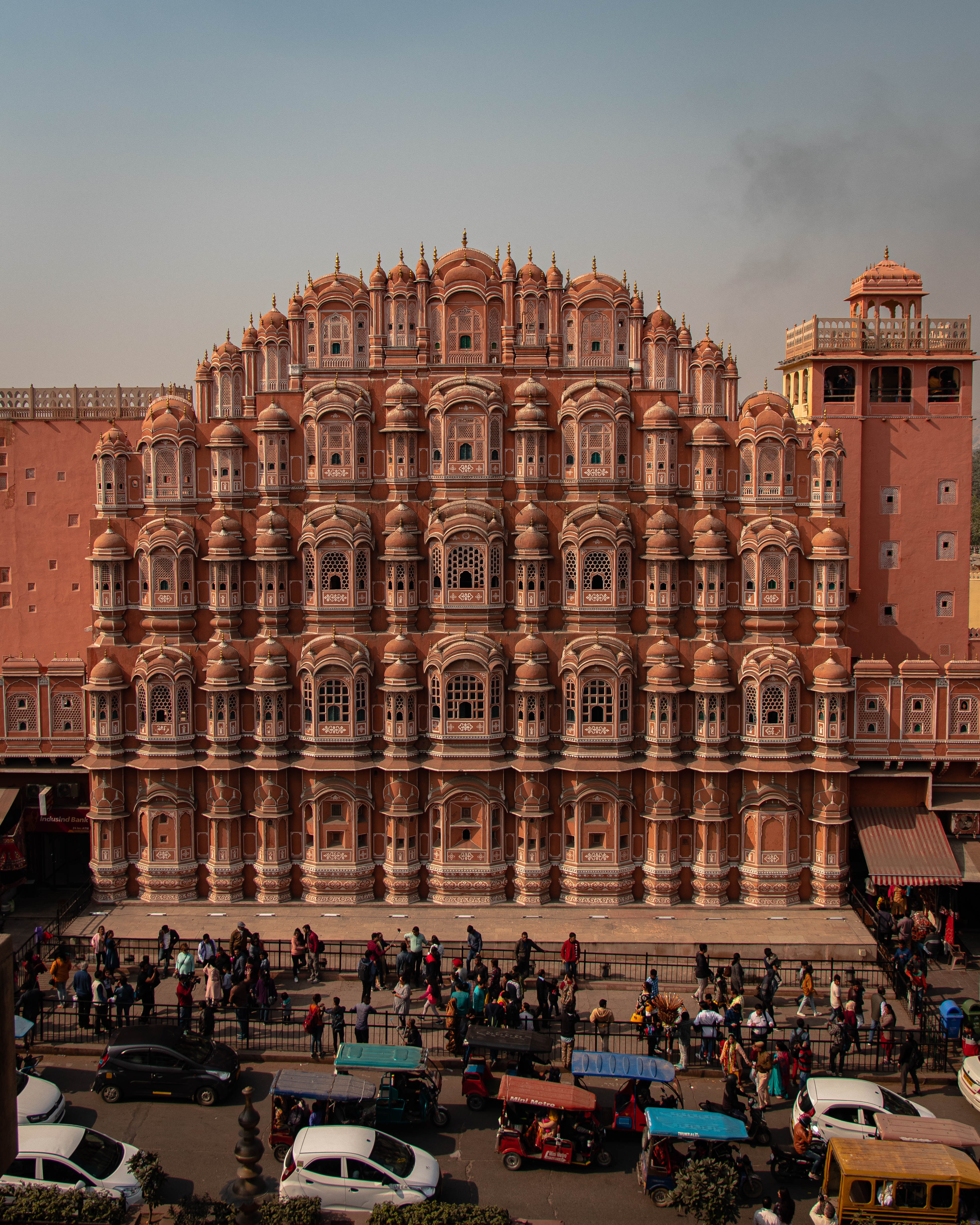
Hawa Mahal - Hawa Mahal, or the Palace of Winds, built by Maharaja Pratap Singh, is located on the southern part of Jaipur. This beautiful five-storeyed building, designed to replicate the crown of Lord Krishna, looks like a honeycomb having about 1,000 small windows. These have latticework that encouraged cool air or doctor breeze to enter the palace, air-conditioning the whole area during the summers. The pink and red sandstone on the exterior gives it a magnificent look in the morning. The palace is part of the royal City Palace extending till the Zenana or the chambers of women.
Amer Fort - known as Amber Fort, this beautiful fort built by Maharaja Man Singh depicts the artistic Hindu architecture through its cobbled pathways and large entrances. This four-level fort, built with red marbles and sandstone, consists of the royal legacy of Diwan-e-Aam, Diwan-e-Khas, Sheesh Mahal, Sukh Niwas (water cascades making wind blow to create an artificial cool weather) and a temple of Sila Devi. For generations, the royal families used to stay here, and it was secretly connected to the Jaigarh fort for emergency escapes during attacks.
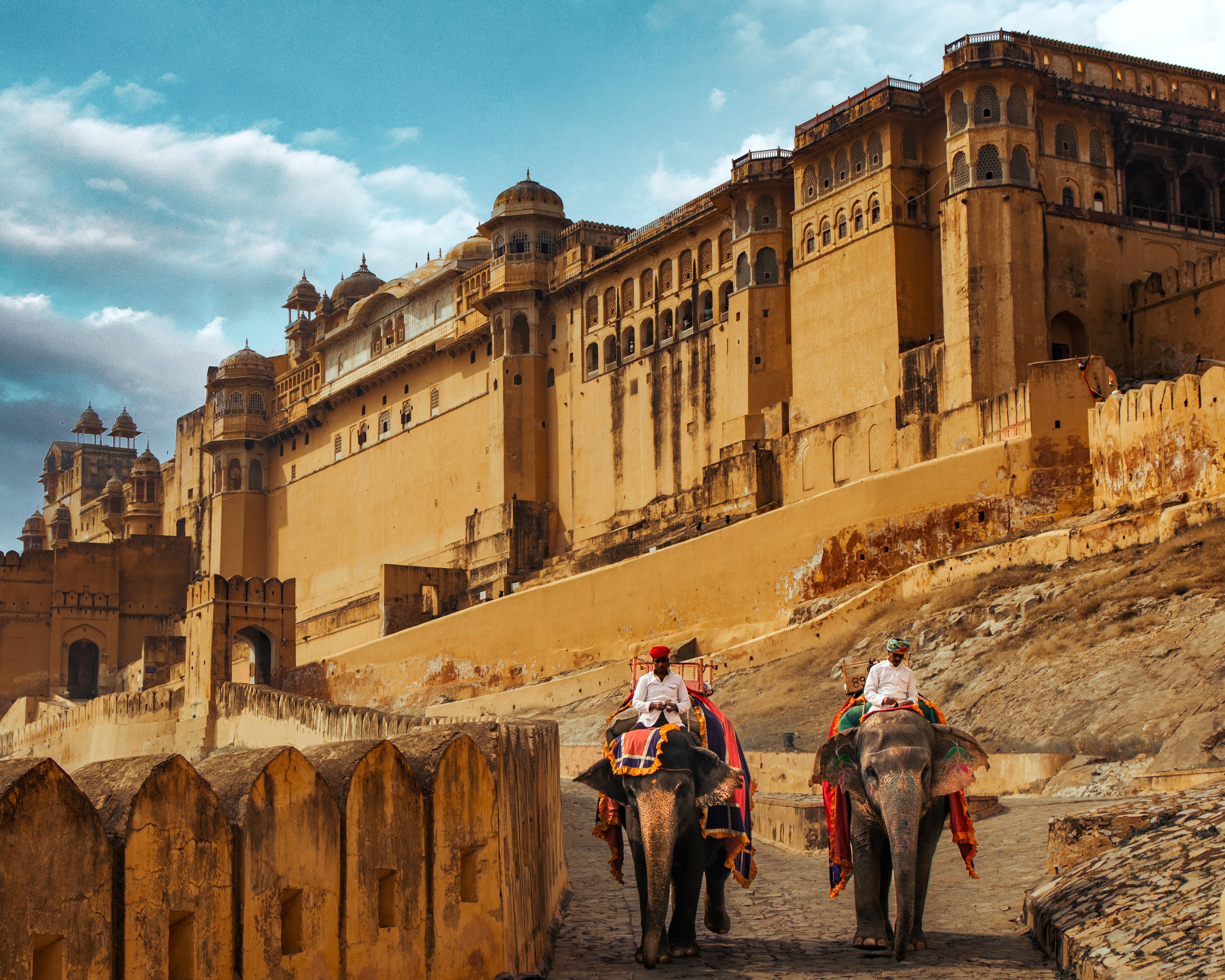
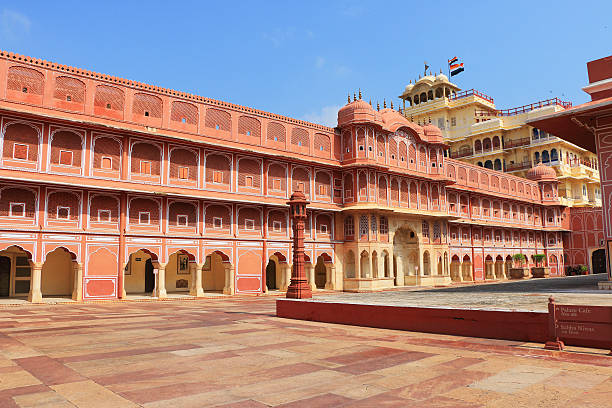
City Palace - This gigantic fort includes two more forts inside, and is located on the north-east region of Jaipur. City Palace was the seat of the kings. It has a huge array of buildings, courtyards, temples and gardens. Its construction was started by Jai Singh following a perfect blend of Indian and European styles of architecture. The magnificent grid pattern encloses Mubarak Mahal, Chandra Mahal, Mukut Mahal, Palace of Maharani, Govind Temple and City Palace Museum. Chandra Mahal, one of the inner forts of City Palace, has a museum of its own and is still a residence of the royal family members.
Jal Mahal - (meaning "Water Palace") is a palace in the middle of the Man Sagar Lake in Jaipur city, the capital of the state of Rajasthan, India. The palace was originally constructed in 1699; the building and the lake around it were later renovated and enlarged in the 18th century by Maharaja Jai Singh II of Amber.
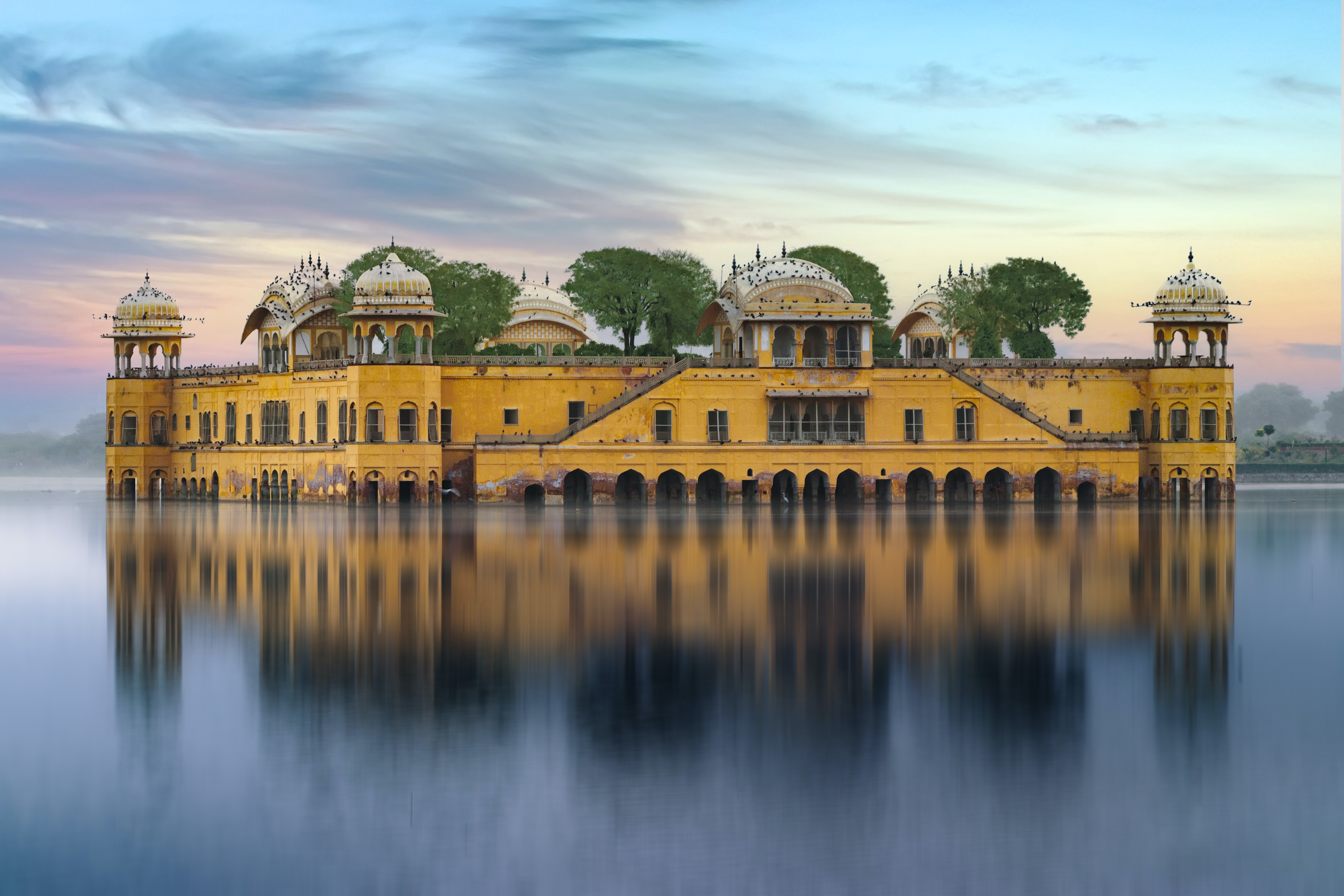
Agra -

Taj Mahal - The Taj Mahal is a mausoleum complex in Agra, western Uttar Pradesh state, northern India. It is considered the finest example of Mughal architecture (a blend of Indian, Persian, and Islamic styles). The Taj Mahal is also one of the world’s most iconic monuments, visited by millions of tourists each year. The complex was designated a UNESCO World Heritage site in 1983.
It was built by Mughal Emperor Shah Jahan in memory of his wife Mumtaz Mahal with construction starting in 1632 AD and completed in 1648 AD, with the mosque, the guest house and the main gateway on the south, the outer courtyard and its cloisters were added subsequently and completed in 1653 AD.
Agra Fort - Agra fort is a historical fort located in the Indian city of Agra. For Mughal Emperor Akbar, it was constructed between 1565 and 1573. The Agra fort was officially listed as a UNESCO World Heritage Site in 1983.
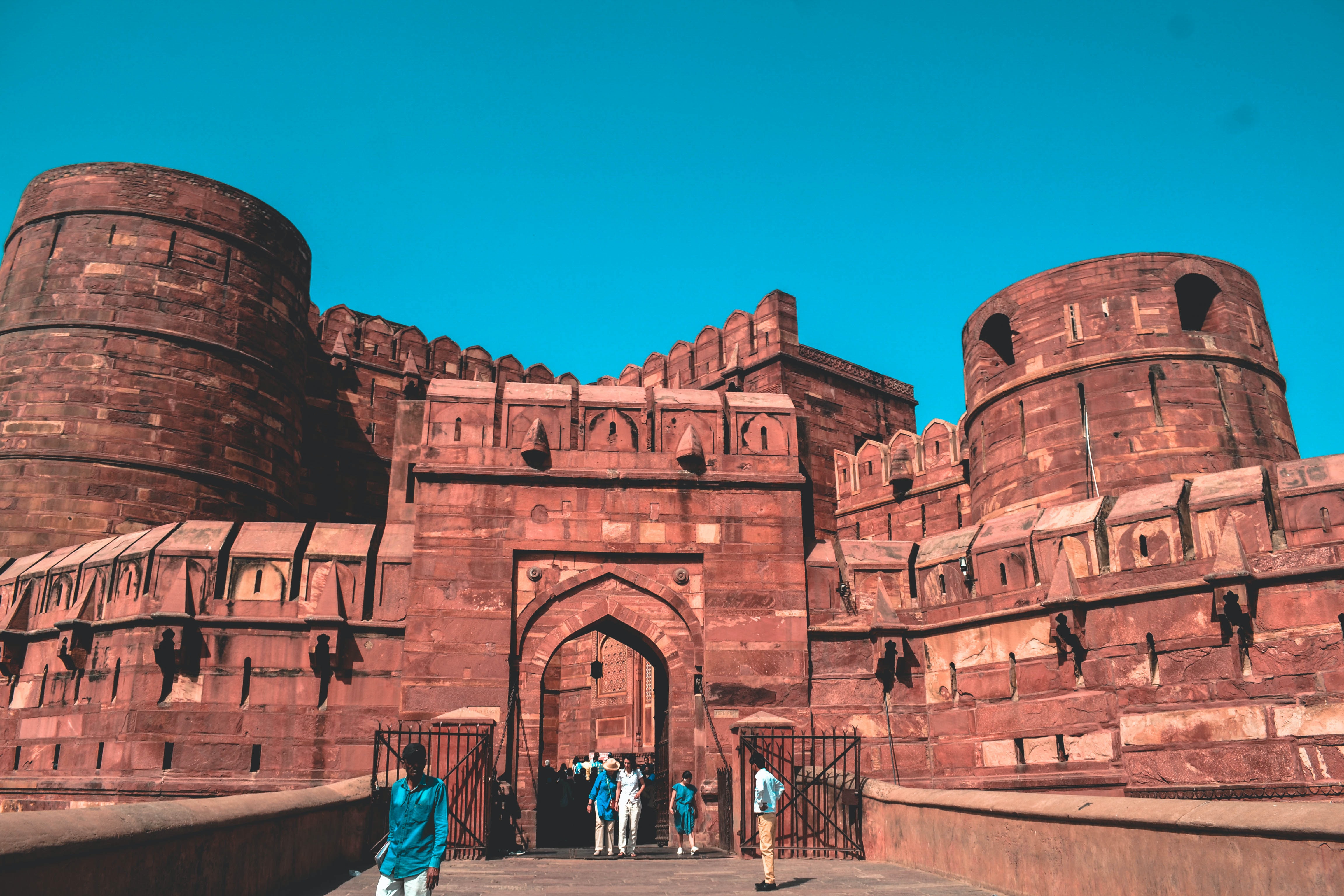
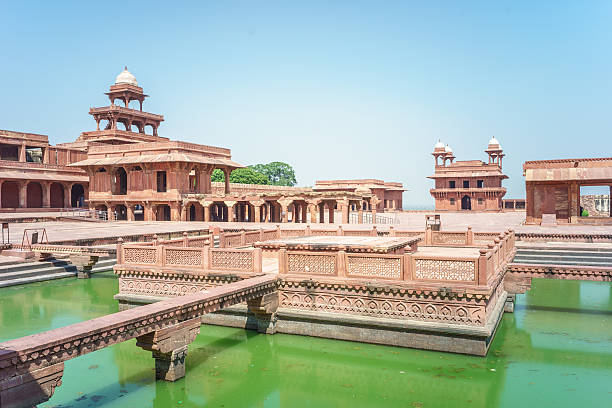
Fatehpur Sikri - The Mughal emperor Akbar established Fatehpur Sikri as his capital and it was built between 1571 and 1573. Fatehpur Sikri is located 40 miles from Agra. After Akbar's successful war in Gujarat in 1573, the city became known as Fatehpur Sikri, the "City of Victory." This is an Indian cultural UNESCO World Heritage Site.
Pushkar –
Pushkar is approximately 10 kilometres northwest of Ajmer and 150 km southwest of Jaipur are where you will find Pushkar. Hindus and Sikhs both visit this place of worship. There are numerous temples in Pushkar. Due to the widespread destruction of temples during the Muslim conquests of the region, the majority of the temples and ghats in Pushkar date from the 18th century and later. The demolished temples were thereafter rebuilt. The red-spired Brahma Temple is the most well-known of the Pushkar temples. Hindus, especially those who practice Shaktism, regard the city as sacred, and eating meat and eggs is prohibited there. Pushkar is situated on the edge of Pushkar Lake, which has numerous Ghats where pilgrims can bathe. Pushkar is noteworthy for having Gurdwaras dedicated to Guru Nanak and Guru Gobind Singh. The Sikhs constructed the Gobind Ghat, one of the bathing Ghats, in honour of Guru Gobind Singh. Pushkar is well-known for the Pushkar Camel Fair, an annual fair where camels, horses, and livestock are traded. In October or November, it lasts for seven days.

Mumbai -
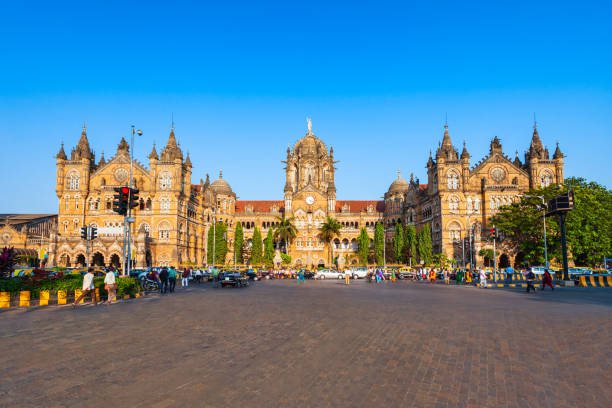

Bombay was the official name of Mumbai until 1995. Mumbai is both the financial hub of India and the capital of the Indian state of Maharashtra. The iconic Gateway of India stone arch was constructed by the British Raj in 1924 and is located on the waterfront of Mumbai Harbour. Ancient Shiva-related cave temples can be found on the nearby offshore Elephanta Island. The city is famous for being the centre of the Hindi film (Bollywood) industry.
Shimla -
Shimla is the capital of the northern Indian state of Himachal Pradesh, in the Himalayan foothills. Once the summer capital of British India, it remains the terminus of the narrow-gauge Kalka-Shimla Railway, completed in 1903. The town is famous for pleasant walking experiences on hillsides surrounded by pine and oak forests. This capital city of Himachal Pradesh is famous for The Mall, ridge, and toy train. With colonial style buildings, the town has relics of ancient past that lend it a distinct look.
Shimla, the former summer residence of the British in India, is blessed with every kind of natural beauty imaginable. It is in a beautiful location, surrounded by lush hills and snow-capped peaks.
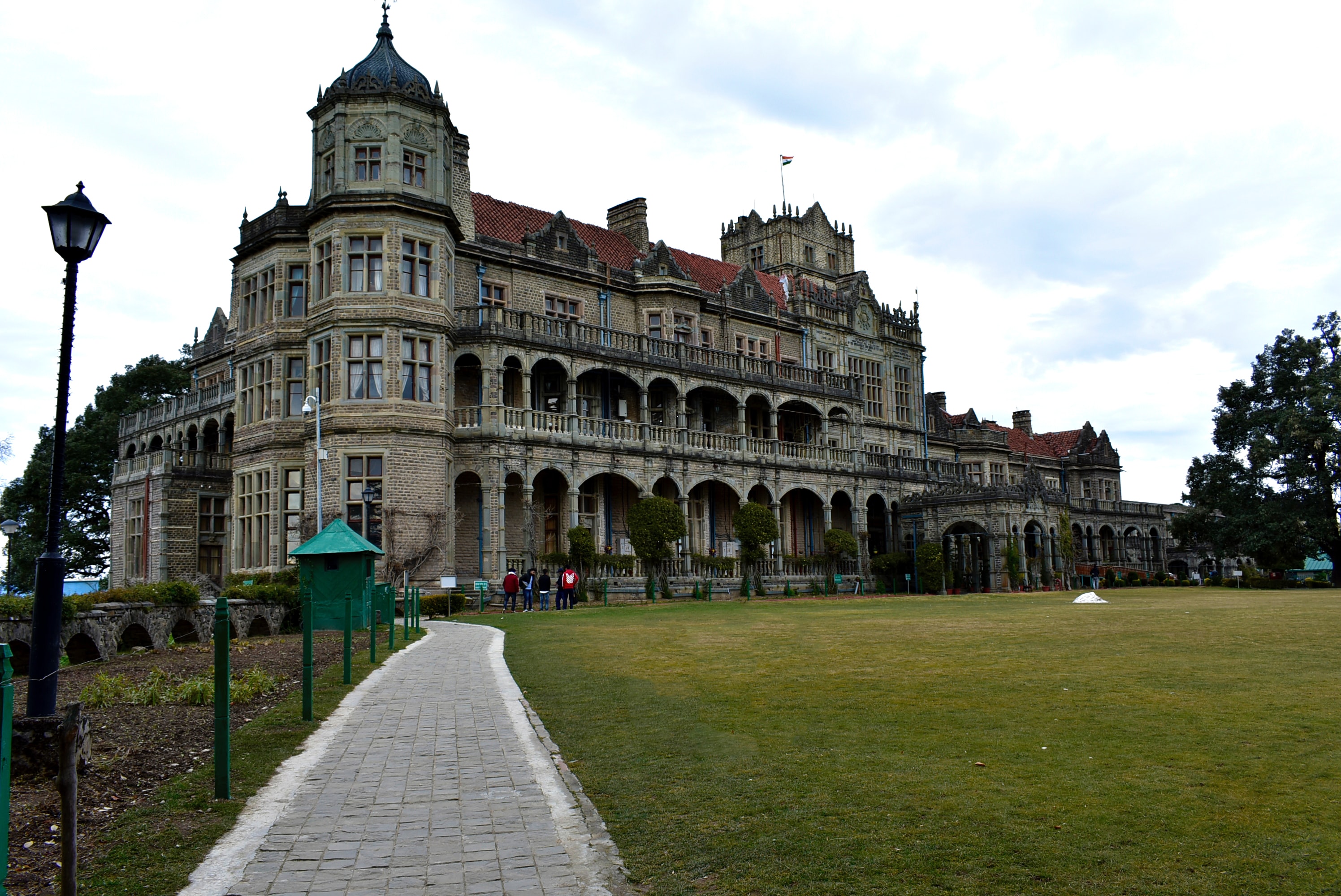
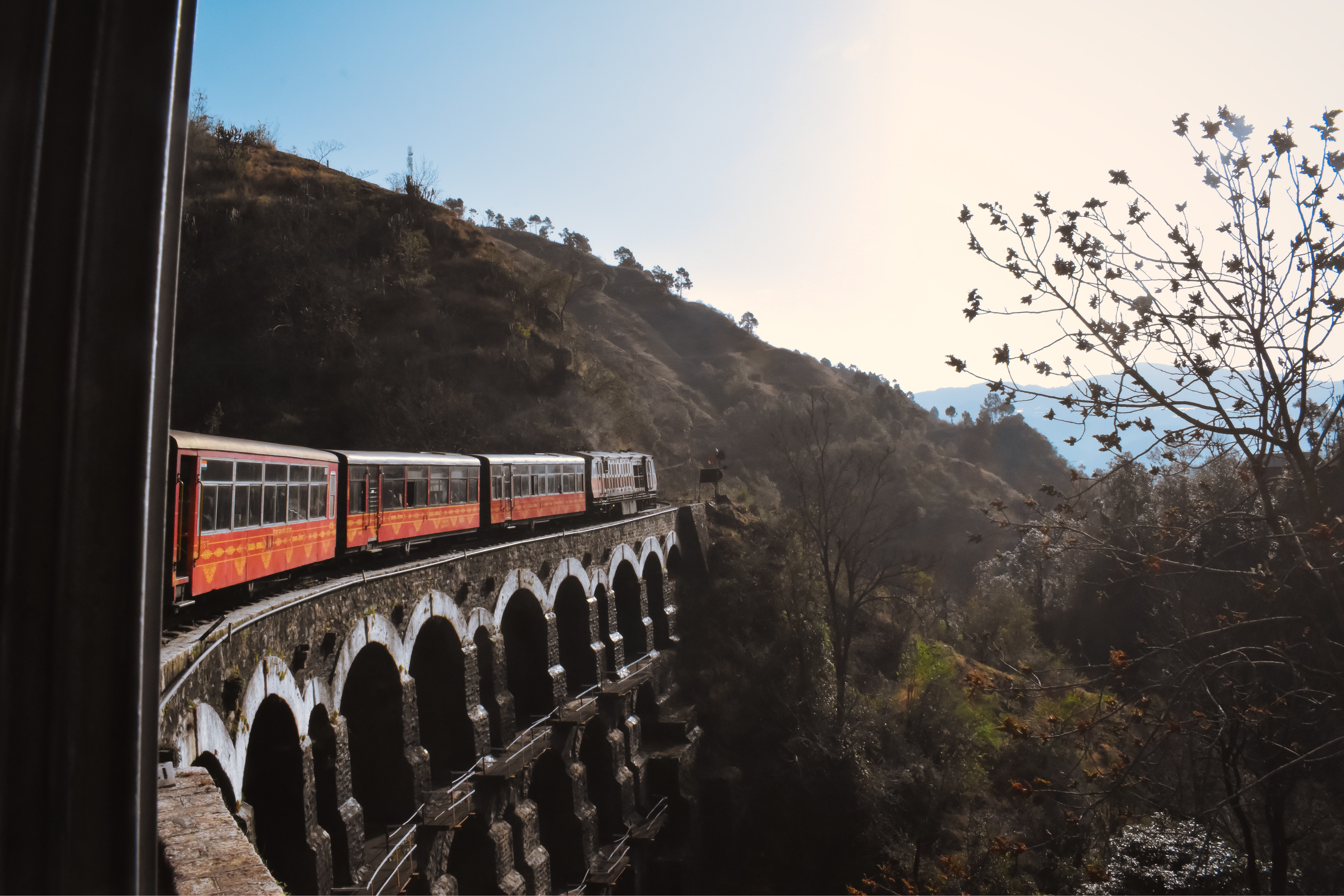
Chandigarh -
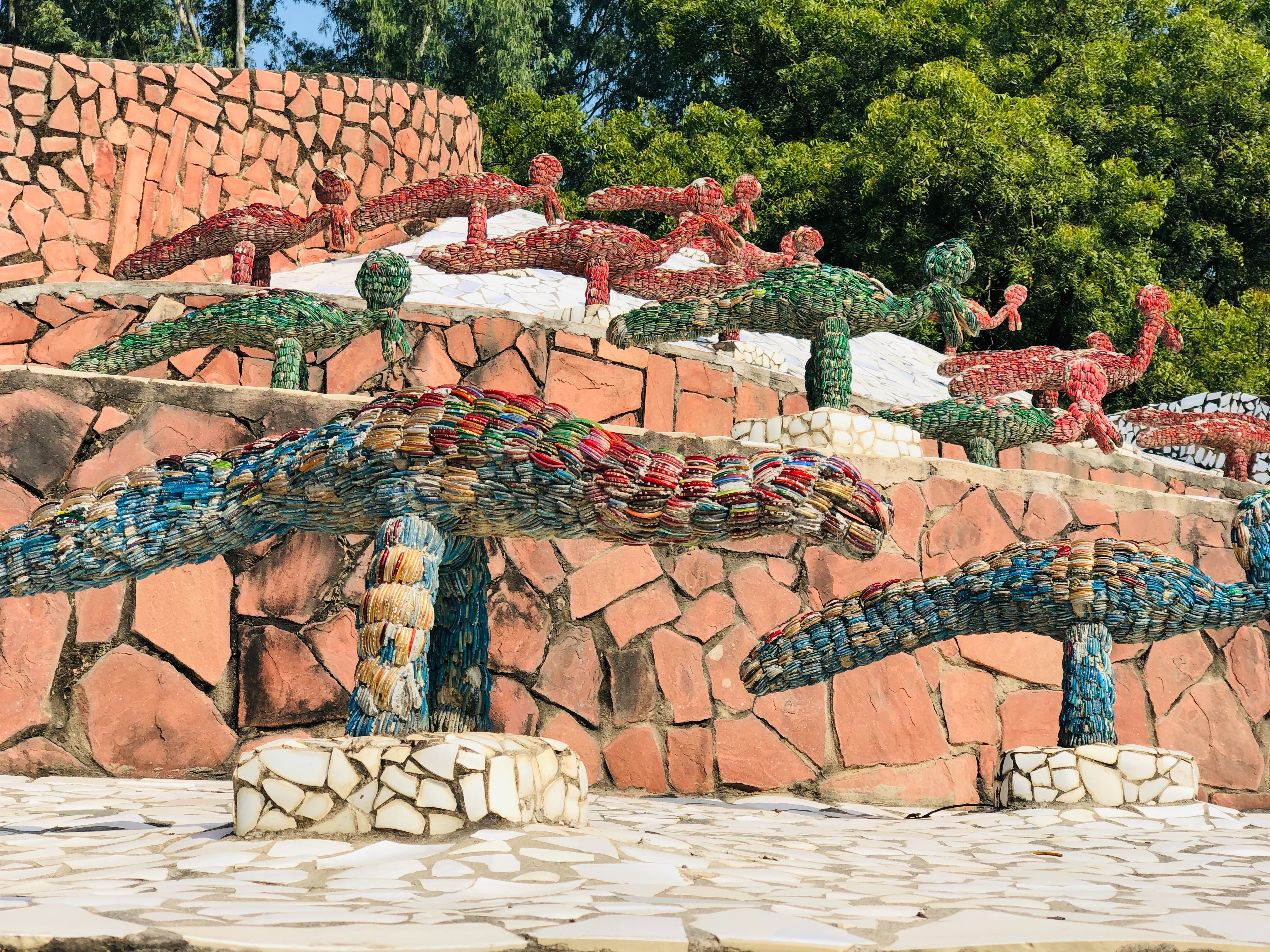
Le Corbusier, a Swiss-French modernist architect, created Chandigarh, the capital of Punjab and Haryana in northern India. The High Court, Secretariat, Legislative Assembly, and the enormous Open Hand Monument are among his constructions. He also designed the Capitol Complex. Sculptures made of stones, repurposed ceramics, and artefacts from industry can be found in the neighbouring Rock Garden Park.
Amritsar -
Amritsar is a city in the Punjab region of northwest India, 28 kilometres from Pakistan's border. The holiest gurdwara (religious complex) in the Sikh religion is the gilded Golden Temple (Harmandir Sahib), which is located in the middle of its walled ancient town. It's surrounded by the holy Amrit Sarovar tank (lake), where pilgrims bath, and is at the end of a causeway.
There are many historical sites, including Jallianwala Bagh, museums, and several Hindu temples, including the Bagha Border evening ceremony, in addition to the Golden Temple.
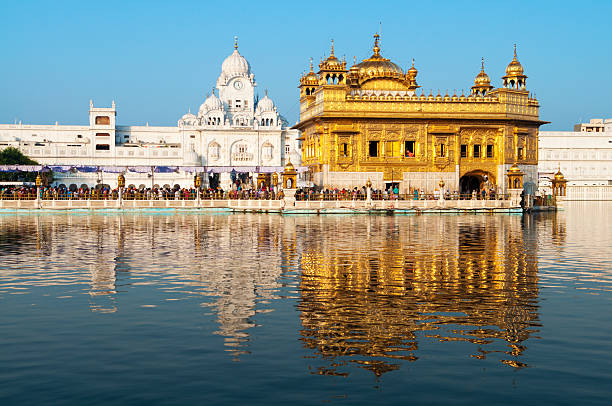
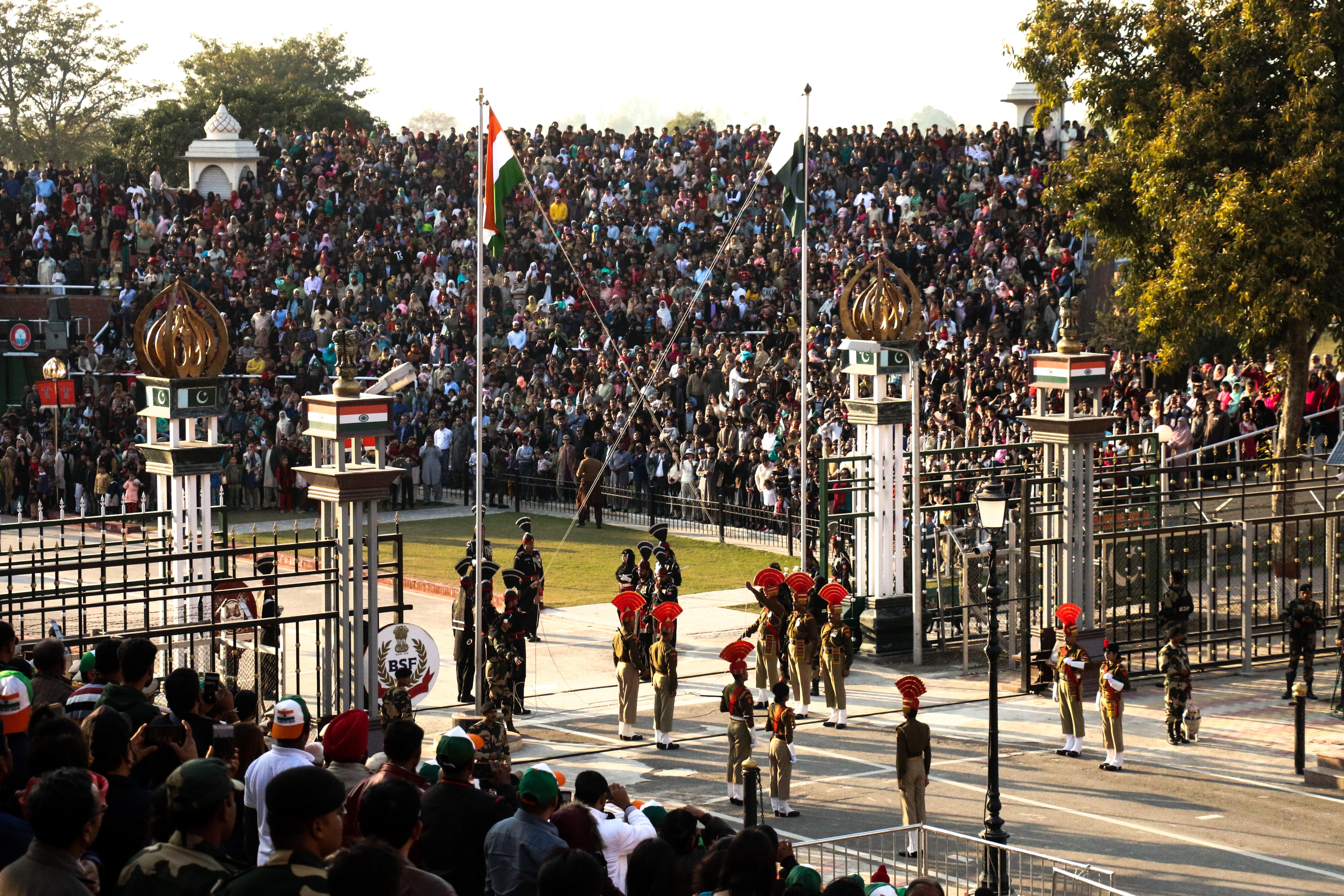
Kolkata -
The state capital of West Bengal, India is Kolkata (formerly Calcutta). It was the capital of India during the British Raj, from 1773 to 1911, and was established as an East India Company commercial centre. Today, it is renowned for its magnificent colonial architecture, art galleries, and cultural events. Furthermore, it is the location of Mother House, the Missionaries of Charity's administrative centre, which was built on the site of Mother Teresa's grave.
It is a significant harbour as well as one of India's largest cities. About 96 miles (154 km) upstream from the head of the Bay of Bengal, the city is centred on the east bank of the Hugli (Hooghly) River, which was formerly the major channel of the Ganges (Ganga) River;
Although there are obviously obvious Indian influences, many of Kolkata's architectural landmarks have a strong Western influence. The state's governor's residence, the Raj Bhavan, is a replica of Kedleston Hall in Derbyshire, England; the Town Hall is built in Grecian style with a Doric-Hellenic portico; St. Paul's Cathedral is built in an Indo-Gothic style; the Writers' Building is built in Gothic style with statues on top; the Indian Museum is built in an Italian style; and the General Post Office, with its imposing dome, is supported by Corinthian columns. The Shaheed Minar (Ochterlony Monument) is a majestic column that stands 165 feet (50 metres) tall. Its base is Egyptian, its column is Syrian, and its dome is constructed in the Turkish style. The Nakhoda Mosque is based on the Mughal emperor Akbar's tomb at Sikandra, and the Birla Planetarium is based on the stupa (Buddhist reliquary) at Sanchi. Victoria Memorial Hall is an attempt to mix traditional Western influence with Mughal architecture. The most significant example of post-independence construction is the Ramakrishna Mission Institute of Culture, which is built in the manner of northwest India's historic Hindu palaces.
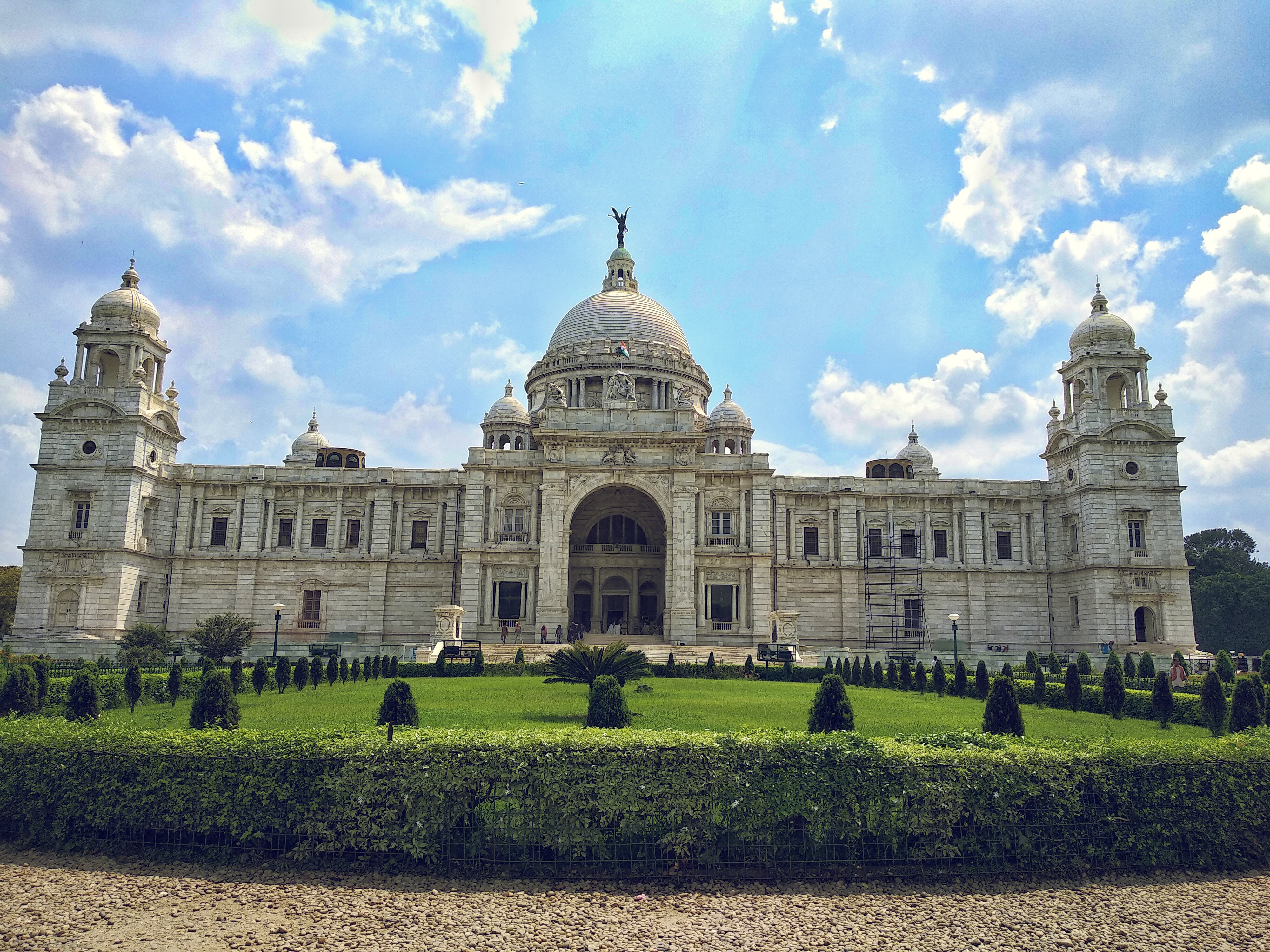
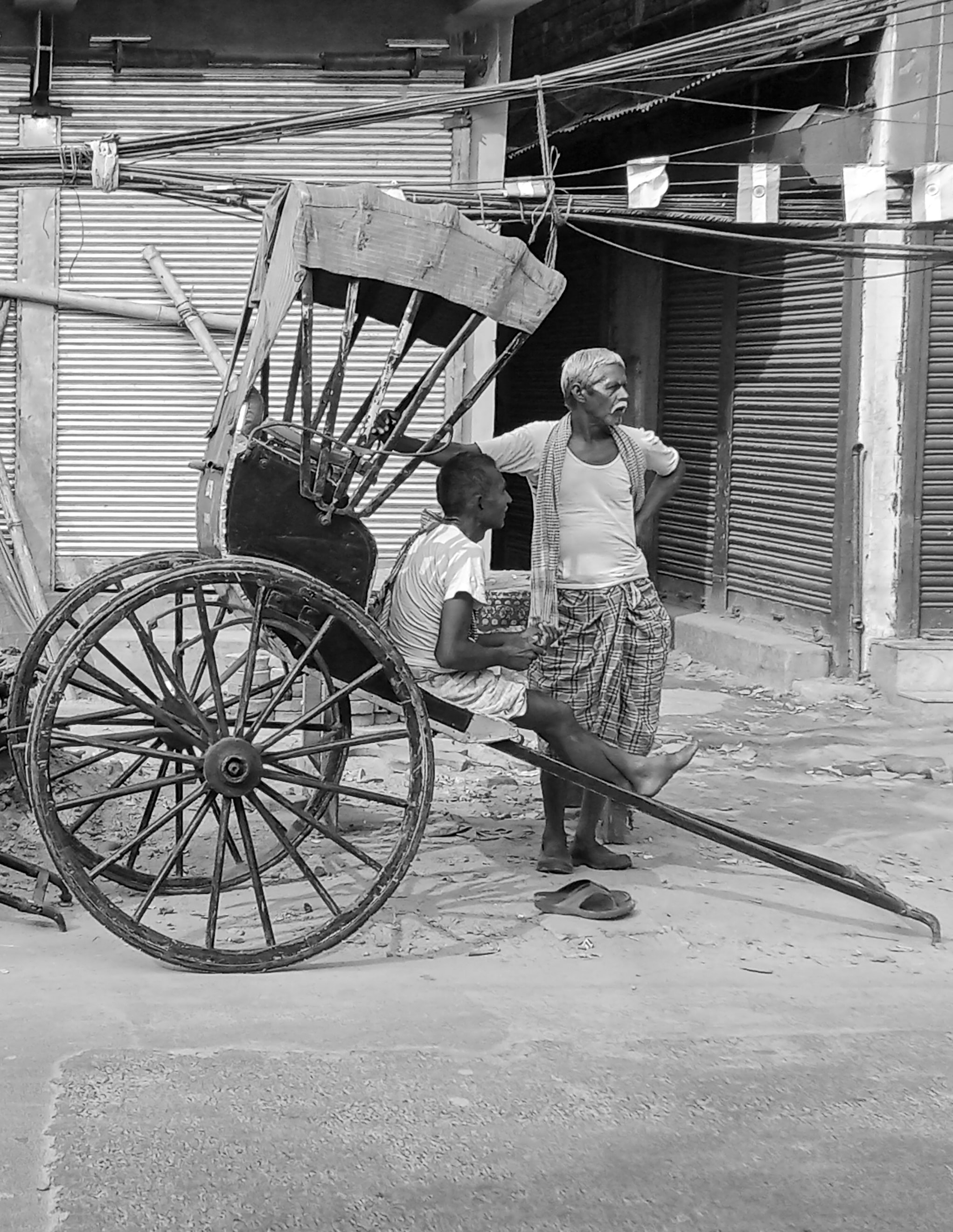
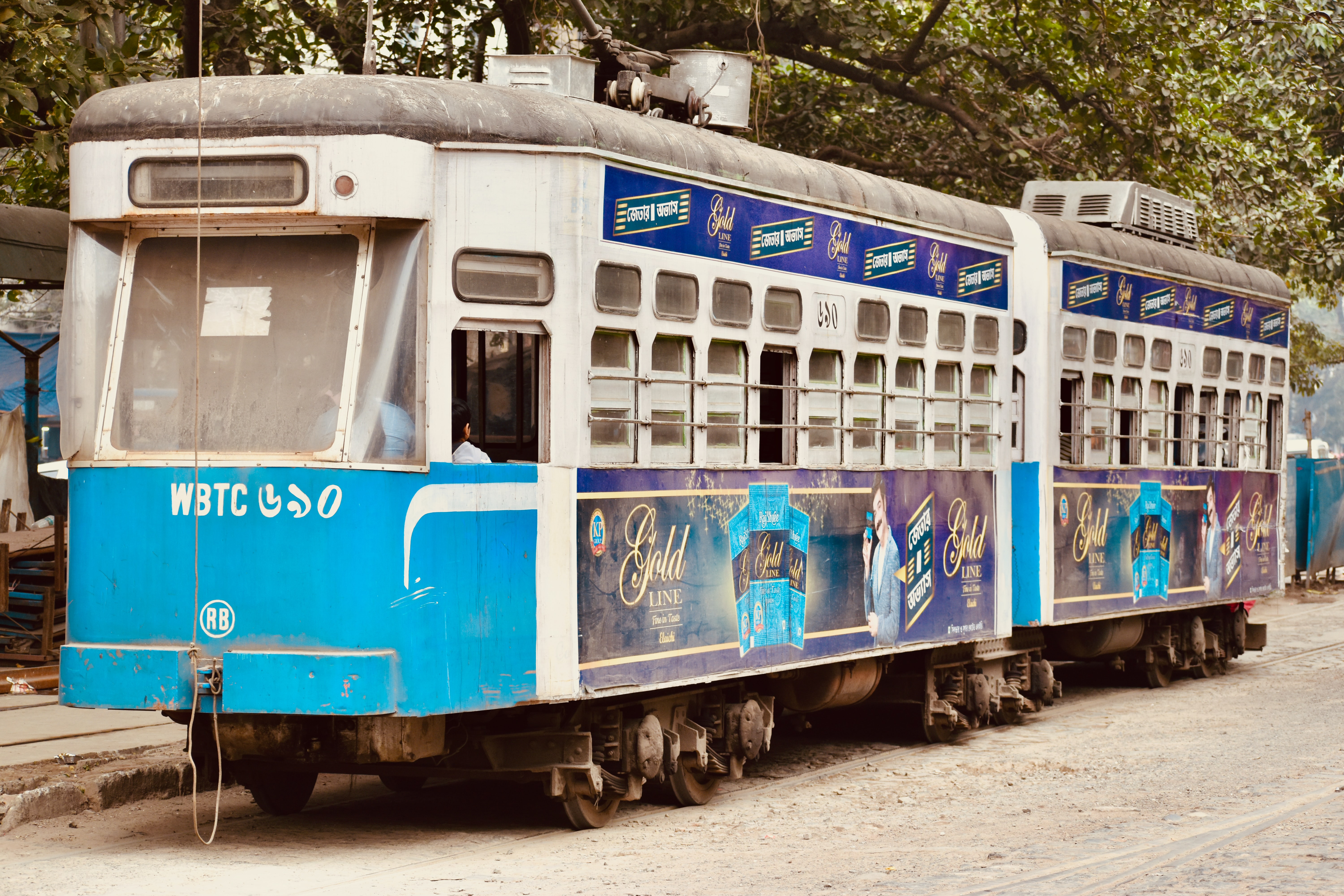
Udaipur -
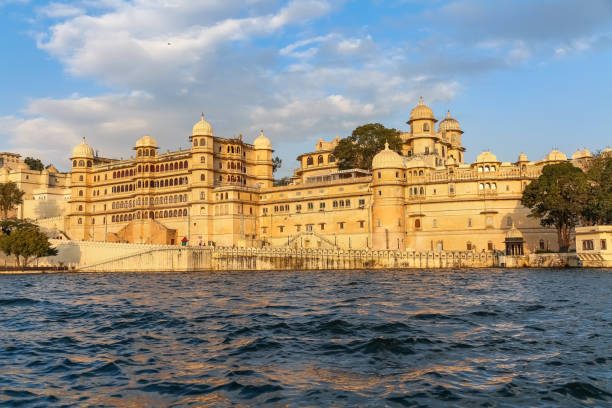

The Mewar kingdom in the erstwhile Rajputana Agency has its historical capital in Udaipur. After shifting his capital from Chittorgarh to Udaipur during Akbar's invasion of Chittorgarh, Udai Singh II of the Sisodia clan of Rajput’s constructed it in 1559. The Mewar province later became a part of Rajasthan after India attained independence in 1947. It remained the capital city until 1818, when it was made a British princely state. –
The city is situated close to the Gujarat border in the southernmost region of Rajasthan. The Aravalli Range encircles it, separating it from the Thar Desert. It is about 660 km from Delhi, 800 km from Mumbai, and 1720 km from Bangalore. almost in the middle of two significant Indian metropolises. Udaipur also known as city of lakes or lake city.
Jodhpur -
In the Indian state of Rajasthan, Jodhpur is the second-largest city. In Rajasthan and across India, it is referred to as the "Blue City" in popular culture. Rao Jodha, a Rathore Rajput king, built the city of Jodhpur in 1459. Jodhpur is an important city of western Rajasthan and situated around 250 miles from the border with Pakistan.

Jaisalmer -
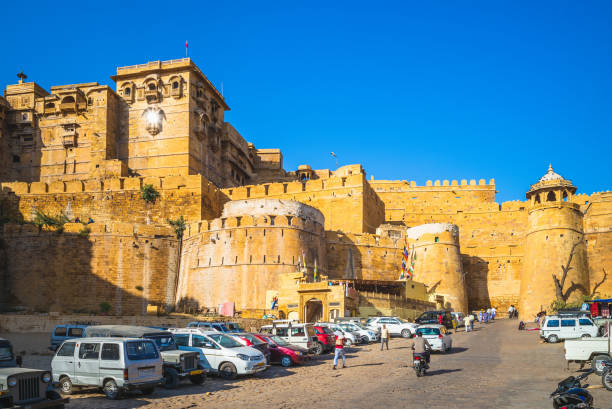

A city in the Indian state of Rajasthan known as "The Golden City," Jaisalmer is situated 575 kilometres (357 miles) west of the state's capital, Jaipur. The historic Jaisalmer Fort sits atop the town's ridge of yellowish sandstone. A royal palace and three elaborate Jain temples can be found in this fort.
Orchha -
Rudra Pratap, the Bundela Rajput Chief, established the historic town of Orchha in the sixteenth century. It is located on the banks of the Betwa River. The former capital of the Bundela kings was Orchha. As a result, the town is rich in history, as seen by the palaces and temples constructed in the 16th and 17th centuries. The architectural magnificence of Orchha's monuments is a reflection of the greatness of its kings.
Orchha is situated alongside the Malwa plateau in the state of Madhya Pradesh's northern region, in the country's central region. Additionally, it is easily accessible from many regions of the nation due to its proximity to Jhansi, a significant city

Khajuraho -
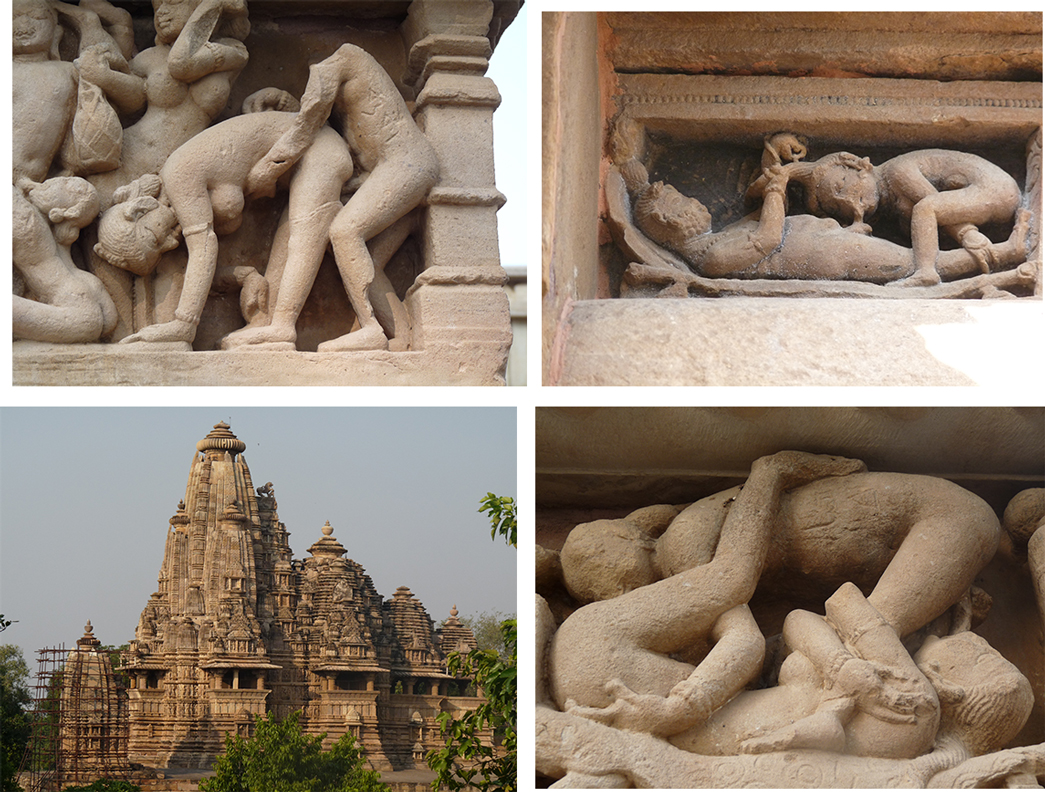
An ancient city called Khajuraho is renowned for its stunning temples and complex sculptures. The city, which is in Madhya Pradesh's Chhatarpur district, is home to magnificent architecture and enthralling historical tales. According to historical records, there were 85 temples in the Khajuraho temple site in the 12th century, covering 20 square kilometres. Only 25 of these temple complexes throughout a six-square-kilo meter area—have survived the passage of time.
The temples are among the most beautiful UNESCO World Heritage Sites in India because of their magnificent examples of superb sculpture and great architectural expertise. Only 10% of the carvings on the complex of temples feature sexual imagery. The remaining cravings show what life was like for the average person back then. While some sculptures feature women applying makeup, others show musicians, farmers, potters, and other everyday people. The most widespread misconception—which has any foundation—is that because the engravings are found in Khajuraho temples, they must represent sexual activity between deities.
Varanasi -
One of the oldest continuously inhabited cities in the world is Varanasi, also known as Banaras or Kashi. Hindus have long considered Varanasi (Kashi) to be their holiest place of worship. Hindus have the view that anyone who is blessed to pass away in Varanasi would find salvation and be released from the cycle of birth and rebirth.
Since more than 3000 years ago, the city has been a hub of learning and culture. Being only 10 kilometres from Sarnath, where Buddha delivered his first speech after attaining enlightenment, Varanasi has served as a symbol of the Hindu Renaissance. Since ancient times, this region has been a thriving centre of learning, philosophy, culture, devoutness to the Gods, and Indian arts and crafts. Varanasi is regarded as the birthplace of Parsvanath, the twenty-third Tirthankar, who also makes his way there as a Jains' pilgrimage destination.

Lumbini -

In Nepal's Lumbini Province's Rupandehi District, there is a Buddhist pilgrimage place called Lumbini. According to Buddhist mythology, Siddhartha Gautama was born there somewhere about 563 BCE by Queen Maha Maya Devi. The Buddha and Buddhism were created by Gautama, who, in accordance with Buddhist legend, attained Enlightenment some time about 528 BCE. One of the many pilgrimage hotspots that emerged in locations important to the Buddha's life is Lumbini.
There are some older temples in Lumbini, such as the Maya Devi Temple, and other modern temples that were built or are now being built thanks to funding from Buddhist organisations from different nations. The sacred site is also home to a large number of monuments, monasteries, a museum, the Lumbini International Research Institute, and more. There is also Puskarini, or the Holy Pond, where the Buddha's mother took the customary bath before giving birth to him and where he took his first bath.
Chitwan National Park -
In the Terai Lowlands of south-central Nepal, a protected region famed for its biodiversity is called Chitwan National Park. Rare species like one-horned rhinos and Bengal tigers live in its deep forests and grassy plains. Numerous bird species, including the giant hornbill, are protected in the park. The northern Rapti River, where crocodiles and alligators live, is travelled by dugout canoes. A Ramsar Site may be found in the Chitwan National Park, which is also a World Heritage Site. The first national park of Nepal is Chitwan National Park. It was founded in 1973, and in 1984 it received the designation of World Heritage Site. It covers 952.63 km2 in total.
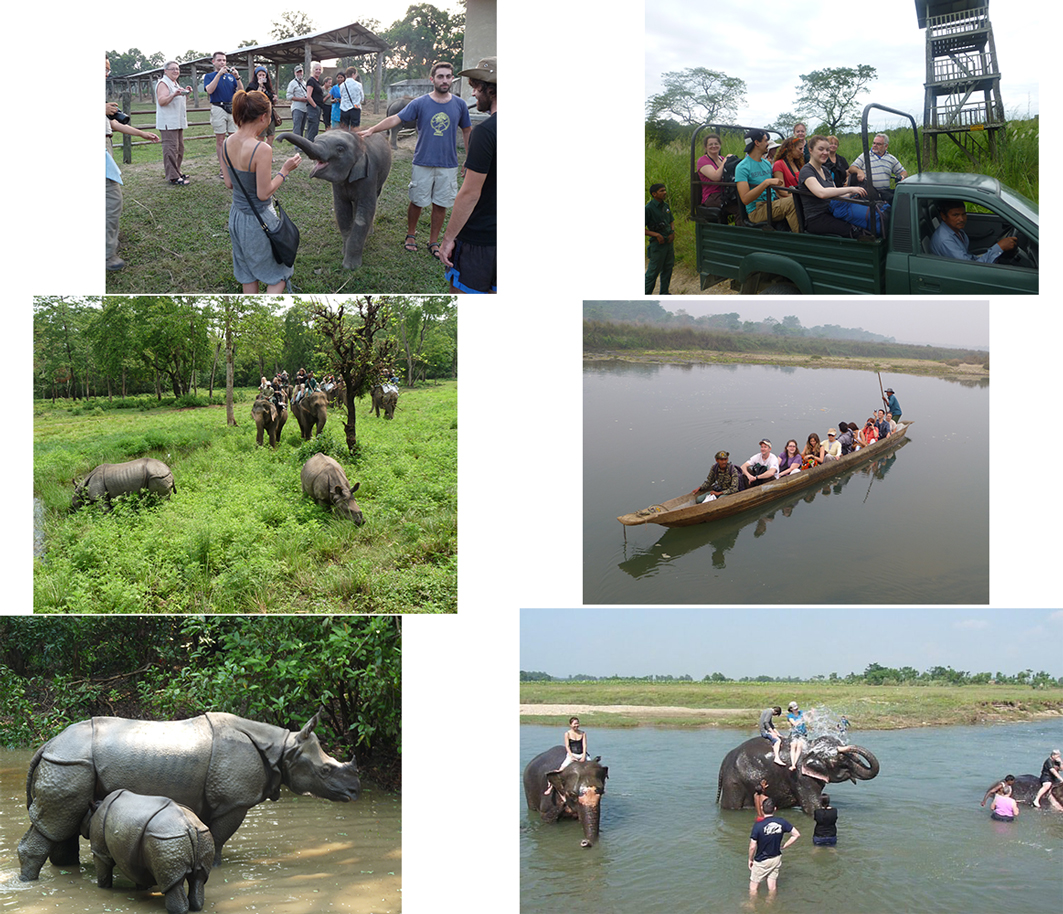
Pokhara -
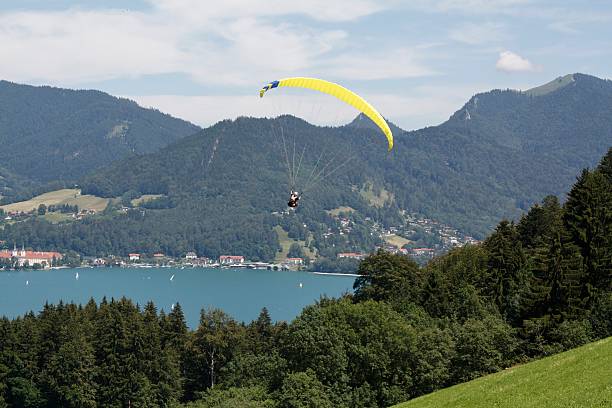
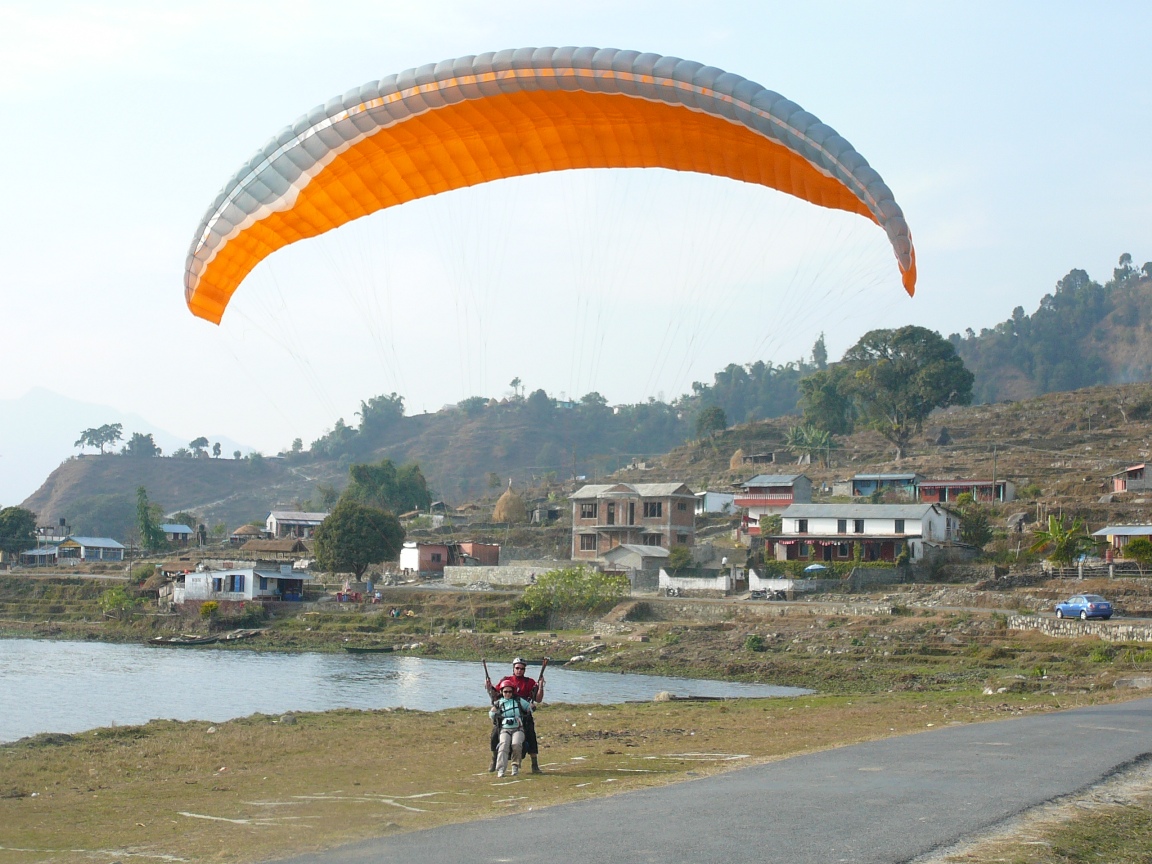
Pokhara is a major city in Nepal, is the administrative Centre of the Gandaki Province. After Kathmandu, it is the second-most populated city in Nepal. Pokhara is regarded as the tourism epicentre of Nepal since it serves as the starting point for trekkers taking the Annapurna Circuit through the Himalayan Annapurna Conservation Area. Numerous elite Gurkha warriors reside in the city as well. In and around the Pokhara valley, there are many temples, churches, and gumbas (Buddhist monasteries). Many temples act as both Hindu and Buddhist places of worship.
The World Peace Pagoda, constructed in 1996 A.D., is one of two prominent hilltops that the city advertises as viewing platforms for the city and its surroundings. over Sarangkot, which is northwest of the city, and the southern shore of fewa Lake.
Kathmandu -
Kathmandu is the largest city and the gateway to tourism in Nepal. Kathmandu, the capital of Nepal and its most popular tourist attraction, is spread out over its namesake valley and encircled by Himalayan mountains. It is home to several ancient temples, golden pagodas, stunning natural scenery, and intriguing villages. Kathmandu, located at an altitude of 4,344 feet, is where the Bagmati and Vishnu Mati rivers converge. Excellent trekking opportunities to the highest mountains in the world are available here, along with exquisite Indo-Tibetan and Newari handicrafts, UNESCO-listed heritage sites, and mouth-watering cuisine.
